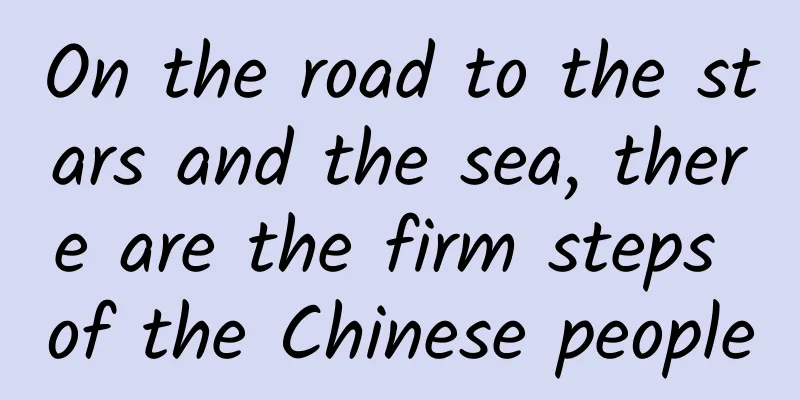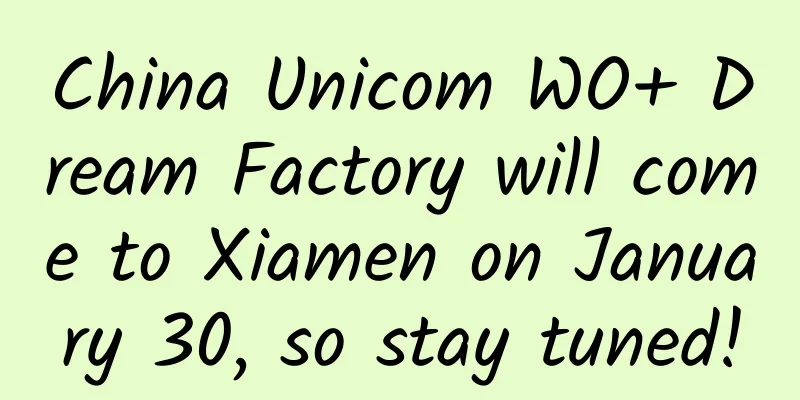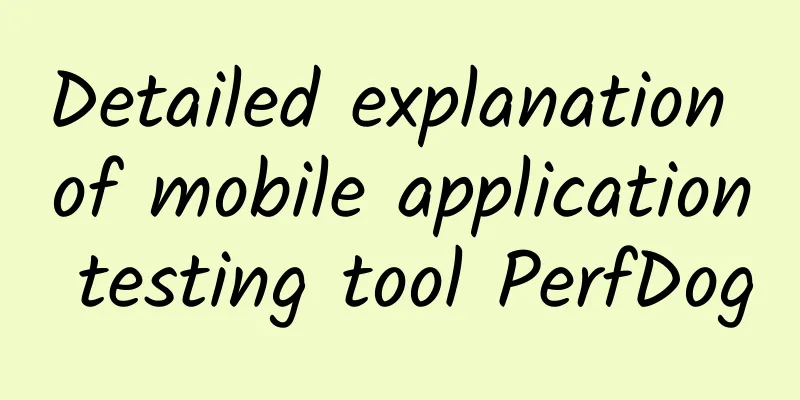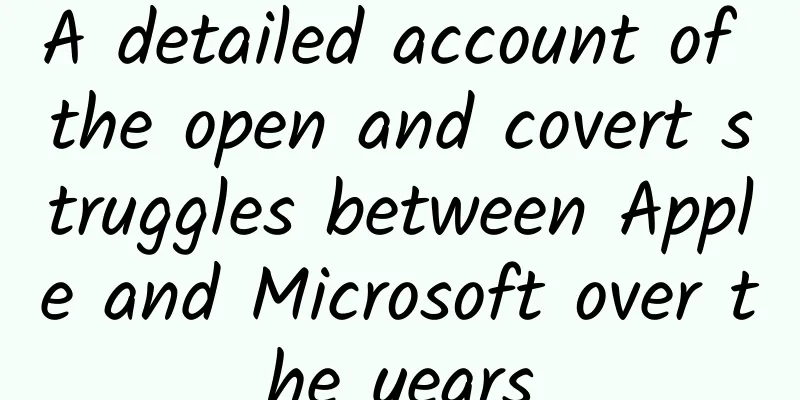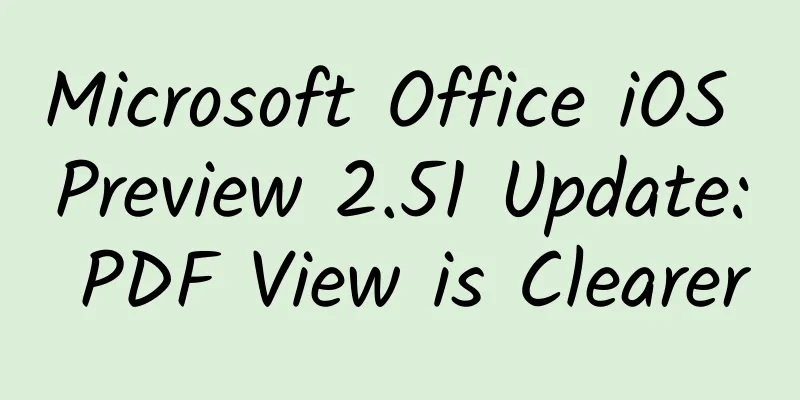Learn Swift from scratch in 30 days
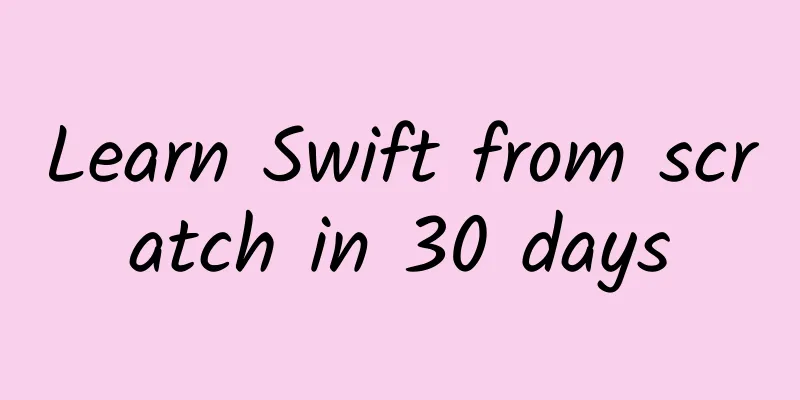
|
To be exact, I started learning Swift 30 days ago. Three days ago, my first public beta app was approved by Apple. This public beta version is nothing compared to the final product, but for me, it is a great achievement. I don't have a degree in computer science or the professional experience required to be a developer, but in the past five years, I have been a product manager in a software development group and have made some Ruby on Rails applications for fun. I have always wanted to get more directly connected with my busy work, so I decided to start writing code. Mobile is huge; mobile is personal. I want to make software that people actually use, and I love the intimacy that people have with their phones. Our phones know so much about us - when we wake up and go to bed, where we are and how we get there, our calendars, our conversations with friends and family. This is where I'm interested, and I've been an Apple user for a long time, starting with iOS. I briefly played around with Objective-C, which was scary, and Swift has always been a favorite. Beginner Resources I started this journey on July 1st with the idea of making a really simple app. Keeping that in the forefront helped me to be motivated and apply what I learned. I spent a lot of time scouring the internet to find the best resources, tutorials, and courses for Swift. There are a lot of great resources for beginners, but most of them assume you've never written a line of code and start from a very low level. For example, this is a variable, look at variable jumps. Other resources are technical articles and reference materials (including Apple's documentation), which seem to have a premise: you have extensive experience or are switching from Objective-C to Swift. Here are some great resources that I found very useful for beginners at my level: Paul Hegarty's Stanford University course, Developing iOS8 Apps with Swift, is available for free on iTunes U. I started here and completed the first five lessons and a homework assignment over a week. The course quickly became challenging, so after I got started, I paused to find a more practical course below. However, it's a great course and Professor Paul Hegarty knows his material, so I plan to return to it. If you get stuck on the exercises (and you can't find the solutions in iTunes U), this website explains the setup and approach for each problem. (Approximate) timeline Week 1: Immersion. I immersed myself in the lectures and exercises in the Stanford course, read through a lot of Swift language books, and completed the "epic tutorial" from www.raywenderlich.com. After that, I was ready to start working on my app. In July (according to RescueTime), I spent 25 hours in Xcode, 2 hours and 52 minutes in the iOS simulator, 4 hours and 23 minutes in Preview5 (reading tutorials), and 51 minutes on Stack Overflow. I also read a lot on my phone. Here are some other things I did to get involved in the Swift community: Subscribe to We ❤ Swift's newsletter I have said so much, these are the ones I found helpful. If you have other excellent resources you want to recommend, please write in the comments what you like and why it is good. The first meetup I attended was a talk by Dave Grandinetti called "Learning Swift the Euler Way". Dave had developed a tool I was excited to check out called EulerKit, which contained some helper methods for solving Project Euler problems. I attended the first two times, but after that I struggled. My app, called RoundTrip, is for New Yorkers who ride the MTA bus and like to optimize their subway fares. It's a very simple tool. Figure out how much to put on your MetroCard so you don't have any money left over. If you top up more than $5.50, the MTA will give you an 11% bonus, and the minimum amount you can top up is 5 cents. These two conditions combined make it difficult for people on the go to do mental math. If you would like to become a beta tester or want to know when you can get the app, please sign up here or follow @helloroundtrip. Thanks for understanding my journey, and thanks to @cm and @amrithap for reviewing an early draft of this post. I'm looking for a job or internship as an iOS developer! If you have an opportunity, please contact [email protected]. My twitter is @katiesmillie and my website is katiesmillie.com |
<<: The future of mobile app development from the history of middleware
Recommend
5 details tips to optimize your APP description!
Many people in the industry think that APP descri...
Sorry Apple Pay, bank card payment is pretty good
[[129071]] Before I start, I want to apologize to...
Wang Liuliu's 30-day traffic mining plan complete video
Want to know how to completely solve it within 30...
HTML5 Mobile Design Basics
Desktop website design is mostly fixed layout or ...
To ignite Spring Festival traffic, Tencent Advertising’s super guide for Spring Festival placement is a must-read!
The peak traffic volume of the year - the countdo...
Everyone must learn the efficient mind mapping course, improve work and study efficiency by 10 times 30 practical lessons
Do you often have such confusion at work? The wor...
WeChat Moments traffic generation and promotion, how to promote yourself in WeChat Moments?
As WeChat has tens of thousands of users, it has ...
Delete the 360 search drop-down box, how to delete the keywords in the 360 search drop-down box!
When it comes to search marketing promotion, mult...
Closure time of Shanghai Puxi in 2022: What time will it be closed? When will the blockade be lifted? Attached are the latest regulations!
Starting from 5:00 am on March 28, Shanghai’s fir...
Is LCD blue light harmful, but OLED blue light is harmless? Who is fooling users?
In the past six months, in the color TV market, a...
How to advertise ethically during APP promotion
Whether a product can last long depends first on ...
Change from injection to oral administration! How amazing is the technology of the "magic weight loss drug" semaglutide tablets?
In January 2024, semaglutide tablets were approve...
Baidu search oCPC four-stage optimization direction
Regarding the four-stage optimization directions ...
How to carry out data operations well? Here are 5 tips!
In today's Internet age, almost everyone know...





